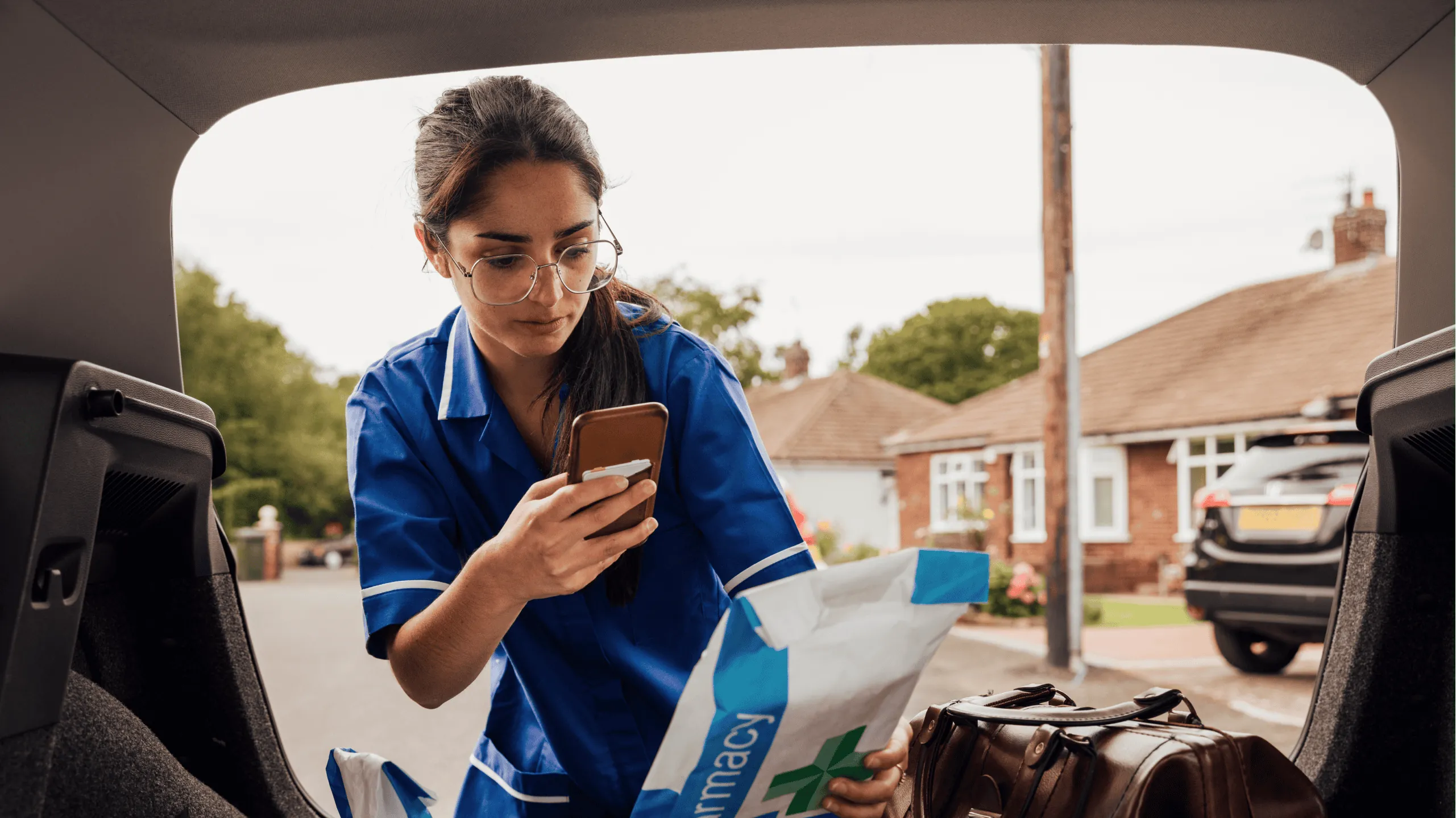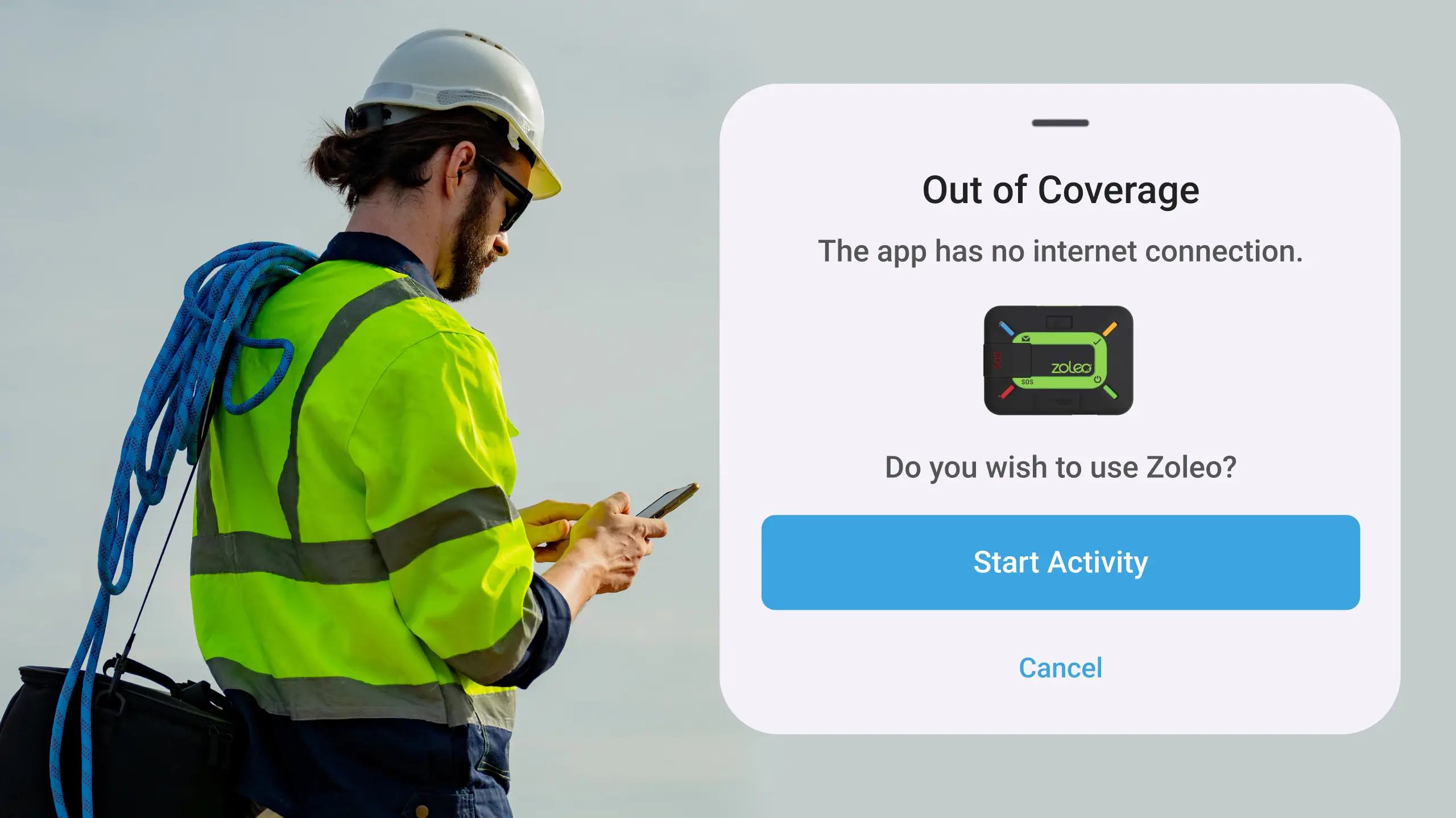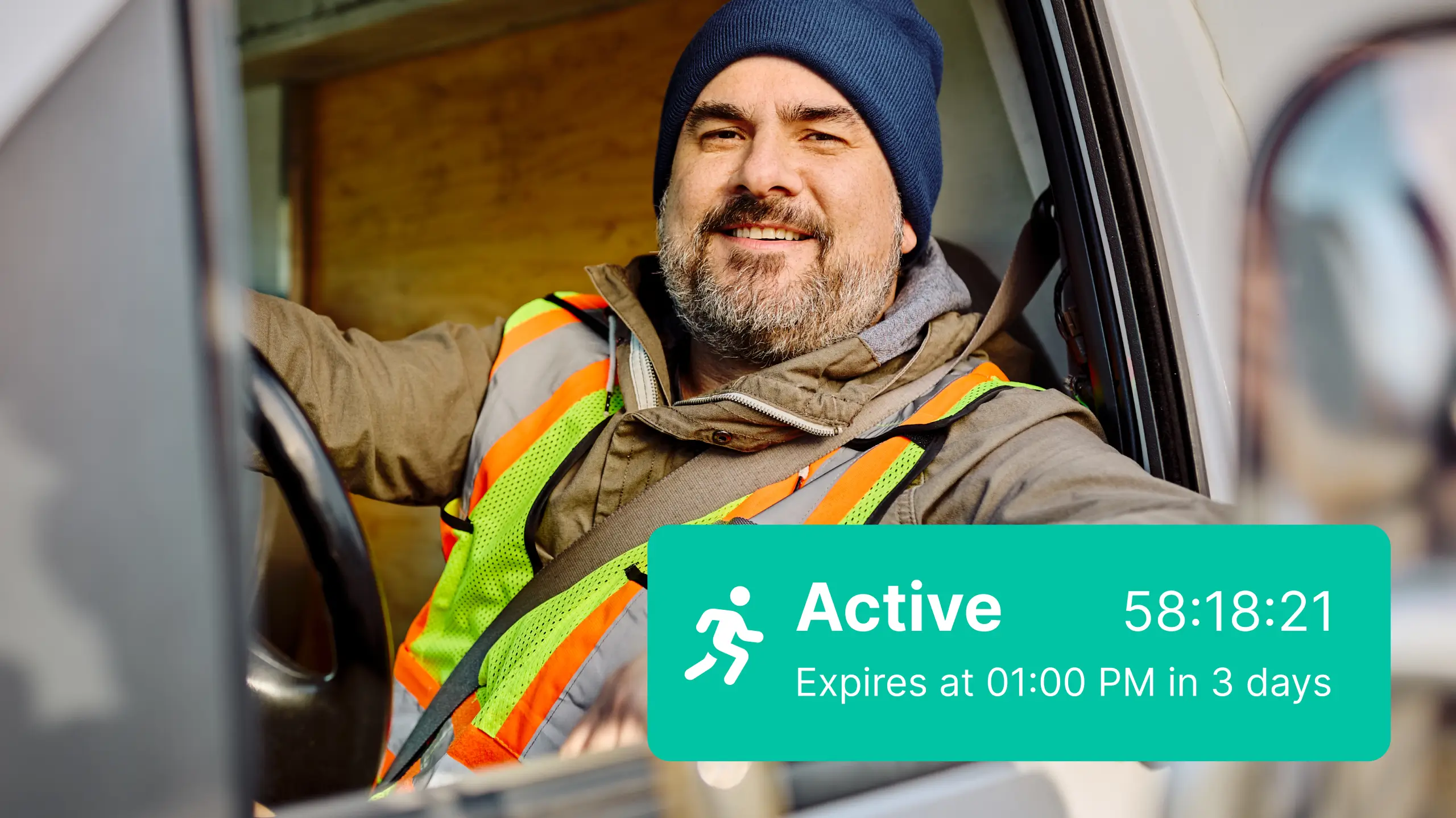Field work beyond cell coverage: the essential safety guide for 2025
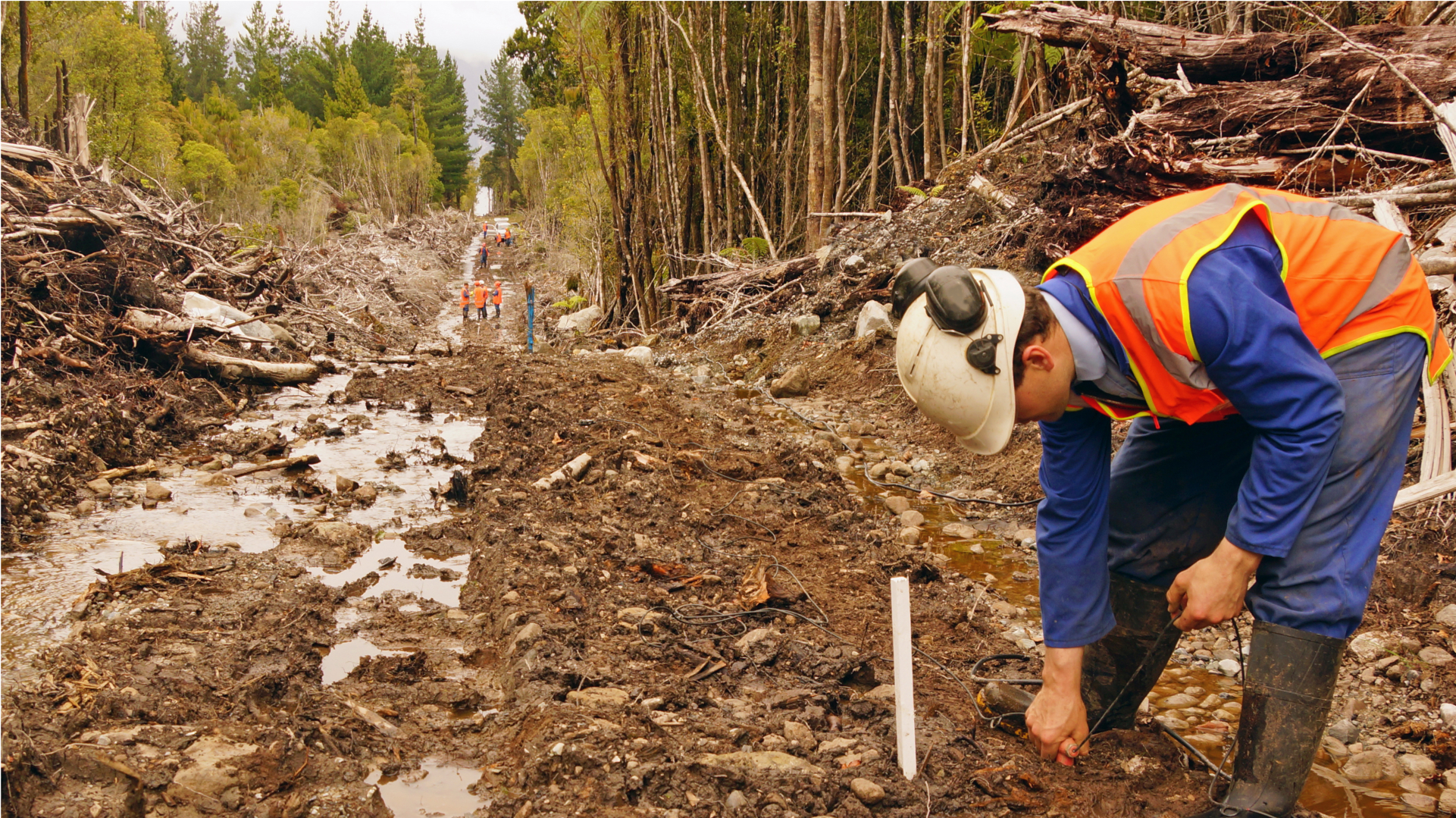

Let's talk about staying safe out there
So your team needs to work in the middle of nowhere. We've all been there — that moment when the phone signal drops to zero and you realise you're properly off-grid. Exciting? Sure. A bit nerve-wracking from a safety perspective? Absolutely.
This guide will walk you through keeping your team safe when they're beyond the reach of those precious cell towers. We'll cover everything from what to pack to how to communicate when traditional options aren't available. Technology has come a long way since the days of "hope for the best," and there are now some genuinely impressive solutions out there.
The remote work landscape has changed (thankfully)
Working outside cell coverage used to mean crossing your fingers and hoping nothing went wrong. Not anymore. These days, the tech has caught up with our adventurous work habits. Satellite communications, specialised apps, and integrated safety monitoring platforms like GetHomeSafe have transformed how we approach remote work safety.
GetHomeSafe's ability to function both in and out of cell coverage makes it particularly valuable for teams that frequently transition between connected and disconnected environments. The platform's unified approach eliminates the need to switch between different safety systems as your coverage changes.
Remember, as of 2025, managers have both a legal and moral duty to keep their team safe and as connected as possible, even when they're off the grid. Workplace safety regulations are pretty clear about this across most jurisdictions. The good news? Modern systems like GetHomeSafe can now alert designated contacts even if a worker and their cellphone are completely out of action — providing that critical safety net we all hope we'll never need, but absolutely should have.
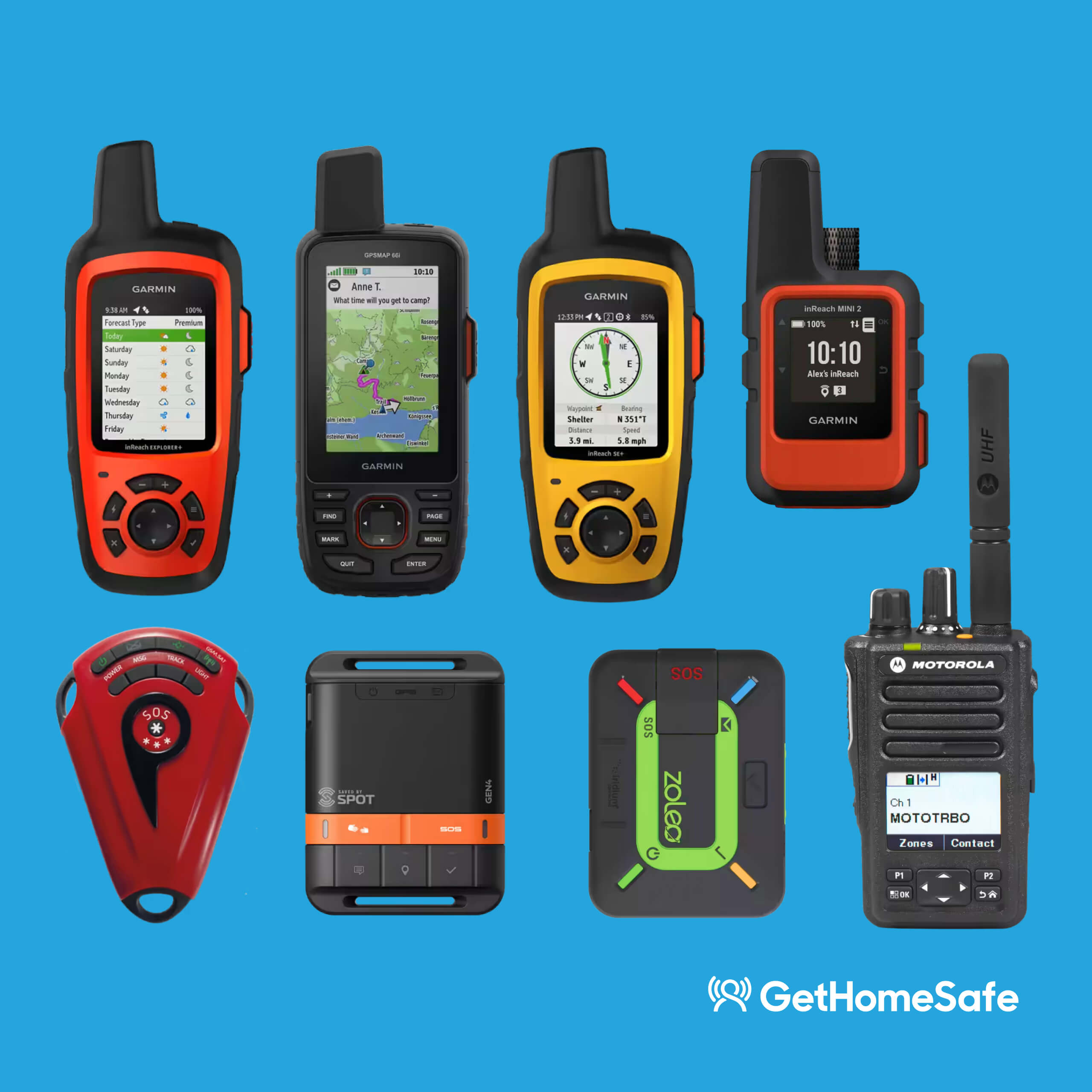
Before anyone heads out
Preparation isn't just helpful — it's essential. The equipment options have expanded dramatically in recent years. Gone are the days of cobbling together separate systems for different environments. Today's integrated platforms offer seamless coverage across cellular and satellite networks.
When equipping your remote teams, look for comprehensive solutions that combine smartphone apps (with offline capabilities), satellite communicators (like the RockSTAR or Garmin InReach), wearable panic buttons (for when phones aren't accessible), and enough backup power to keep everything running. Think of it as creating layers of communication redundancy — because when you're truly remote, even your backup plans need backup plans.
Documentation has evolved too. Before anyone heads into the wilderness, make sure they've created detailed work plans covering routes, timing, check-in schedules, and emergency procedures. Modern safety systems like GetHomeSafe now build in approval workflows where supervisors can review planned activities, evaluate risks, and only authorise work when appropriate safeguards are in place. It's a digital paper trail that creates clear accountability and ensures everyone has thought through all the "what ifs" before they arise.
Staying in touch when there's no one to touch
Regular check-ins are the backbone of remote worker safety. Today's systems use time-based monitoring as the primary safety mechanism, with user-activated alerts as backup. Schedule check-in times based on risk levels, distribute notifications through multiple channels, and establish clear steps for when check-ins are missed.
The coolest tech innovation? Server-based alerting. Unlike the old days when alerts had to come from your device (which might be broken or underwater), modern systems can trigger alerts from central servers when you miss check-ins. This creates a fail-safe that works regardless of what happens to you or your equipment. GetHomeSafe pioneered this approach, with its smartphone app caching location data beyond coverage, storing your positions until connectivity returns. And integrated hardware now brings together satellite devices, radios, and vehicle tracking into unified platforms — no more juggling separate systems.
Emergency response planning needs to happen long before anyone presses the panic button. Map out exactly who gets notified when alerts trigger and what actions they'll take. Make sure location sharing systems track and record positions that can be easily shared with emergency services. Document step-by-step response procedures for different scenarios, identify available emergency resources for each operational area, and — this is crucial — make sure everyone actually practises the procedures. When minutes count, muscle memory matters.
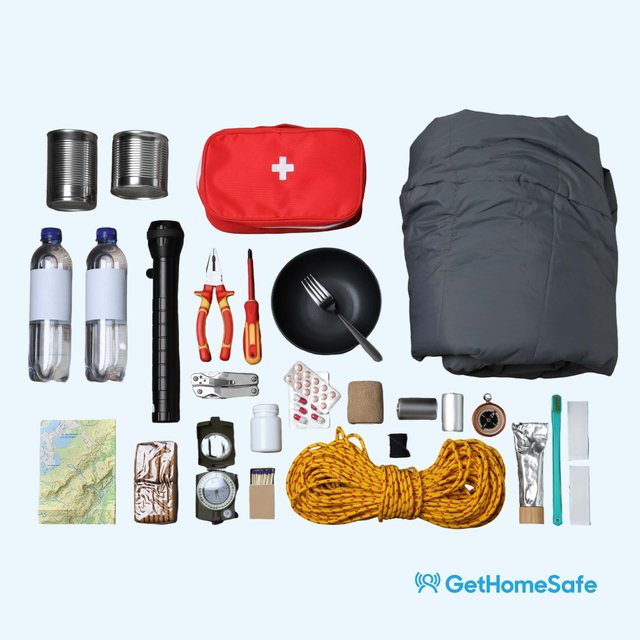
The practical stuff that's easy to forget
Beyond all the high-tech communication gear, remote teams need the basics. First aid supplies that match the environment, something for emergency shelter, water purification, high-energy snacks, layers for weather changes, old-school maps and compasses, basic repair tools, and signalling devices. The specifics will vary depending on where you're going and for how long, but the principle doesn't change — in remote areas, self-sufficiency isn't optional.
Despite having GPS on everything these days, navigation redundancy remains critical. Download offline maps for all devices before departure. Carry physical maps because electronics fail at the worst possible moments. Mark important landmarks as waypoints, share detailed route info with supervisors, and establish decision points for route changes based on conditions. This layered approach ensures you can still find your way even when technology decides to take a day off.
And let's talk about something that the glossy remote work brochures tend to skip: toilet breaks. Seriously. Figuring out where to answer nature's call can become surprisingly stressful when you're miles from facilities. Plan for this in advance — know where facilities exist along routes or carry appropriate supplies. Similarly, map water access points, plan for weather worse than forecast, and identify safe places for breaks and overnight stays before departure. These basics prevent minor inconveniences from spiralling into actual emergencies.
Pics or it didn't happen (no, really)
Taking photos and videos in remote areas isn't just about the Instagram-worthy views (though those are a nice bonus). Visual records serve serious safety purposes. They document conditions and hazards that might affect others or future work. They confirm team positions through geographic features, potentially helping emergency responders locate you. And they provide evidence for any incidents or unusual findings that might need investigation later.
Before heading out, make sure everyone has enough device storage, backup power, environmental protection for their equipment, and clear guidelines on what's worth documenting. Those photos might just be critical evidence if things go sideways.
Meanwhile, back at headquarters, modern safety systems maintain digital records that benefit everyone. GetHomeSafe's dashboard, for example, creates comprehensive audit trails demonstrating compliance with regulations, documenting check-ins, movements, risk assessments, approvals, and any incidents. This record-keeping helps identify patterns, refine protocols, and improve training. If something does go wrong, these digital breadcrumbs provide crucial timeline information for emergency responders and investigators.
Making this work in your organisation
Creating an effective remote work safety system starts with clear organisational policies. Define exactly what constitutes "remote" or "out-of-coverage" work for your operations. Establish how you'll evaluate activity risks and what controls you'll implement for different scenarios. Specify who can approve remote work and under what conditions. Set minimum communication standards based on risk levels. Detail equipment requirements, training prerequisites, and incident response procedures. This foundation ensures consistent safety practices across your organisation, regardless of which team is heading into the field.
Training goes way beyond "here's the panic button." Remote workers need to master not just equipment operation, but the entire safety ecosystem. They should understand check-in procedures cold, practise emergency protocols until they're second nature, master basic navigation including old-school map reading, maintain current first aid certification for their environment, and develop solid risk assessment skills for changing field conditions. Think of it as creating field-ready problem solvers, not just button-pushers.
For supervisors, modern monitoring systems provide unprecedented visibility. GetHomeSafe's real-time dashboards unify check-ins, approvals, and GPS tracking feeds in single interfaces. Alert management tools help distinguish between technical glitches and actual emergencies. Comprehensive reporting documents compliance while measuring system effectiveness. These capabilities transform remote supervision from hoping for the best to maintaining continuous awareness of team status and location.
Putting a pin in it
Remote work safety has come a long way. The technology now exists to keep teams connected and protected almost anywhere on the planet. By implementing solid policies, leveraging modern platforms, and ensuring proper training, you can fulfil your duty of care while enabling productive fieldwork virtually anywhere.
Remember that safety beyond cell coverage requires multiple layers of protection — no single solution is enough. GetHomeSafe integrates traditional check-in protocols with GPS tracking, satellite communications, and automated alerting to create comprehensive safety nets for remote workers. This integration fills the gaps between different safety systems while adapting to various environments and risk levels.
The bottom line? With the right preparation, equipment, and protocols, your team can work confidently even in the most remote environments. And that's not just good safety practice — it's good business. GetHomeSafe makes it simple to implement these best practices without overwhelming your team with complex systems or equipment.
Want to see how GetHomeSafe can work for your remote teams?
Contact us for a free consultation and demonstration tailored to your specific field requirements.

